15 Animal Stories That Prove Kindness Is a Language Every Living Being Speaks

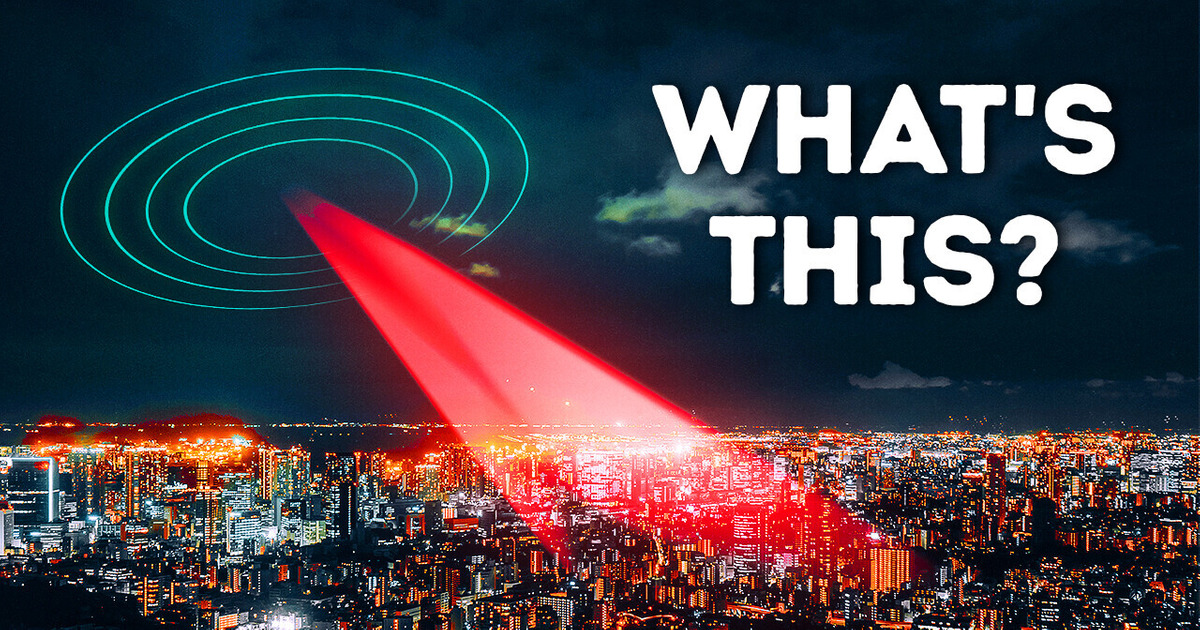
Wouldn’t it be really cool if we could collect energy from space and just bring it down to our planet? That means we wouldn’t need to get electricity from wind, water, or other resources available on Earth.
Millions of people would charge their phones, store food in the fridge, watch TV, and do so much more thanks to electricity we’d wirelessly get from space. It kinda sounds too good to be true at first. But this idea isn’t science fiction anymore. Not only is it possible, but we might see it work sooner than we think, maybe even by 2040.
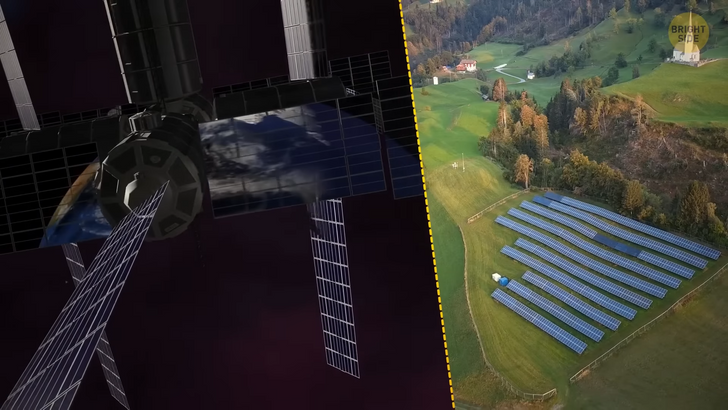
SEI is short for Space Energy Initiative. They’re currently working on an exciting project called Cassiopeia, and its main goal is to place a constellation of big satellites in a high orbit of our planet. Once the satellites are in their spots, we’re likely to get access to big supplies of solar energy. Almost unlimited, some would say.
We can get 40 times more energy from solar panels in space than from those located on Earth. Space is enormous! There’s enough room for all those solar power satellites in our orbit. And each of them will be able to generate as much electricity as we get from a power station.
If this worked out, we would be able to convert this energy to microwave energy. This type is similar to high-frequency radio waves you can find in a regular microwave oven. Then we’d transmit it down to our planet and use it in everyday life. We’d need many, many antennas all over Earth to do this, of course. They would pick up the beams so that energy could be transformed into electricity in the end.
Scientists are going to get millions of dollars to try out these space-based solar power projects (SBSP). These satellites will consist of hundreds of thousands of tiny identical pieces produced in our factories. The cool part is that we will have robots that will put them together. Scientists will program them to work on their own without any help. These robots will also service and maintain satellites when necessary.
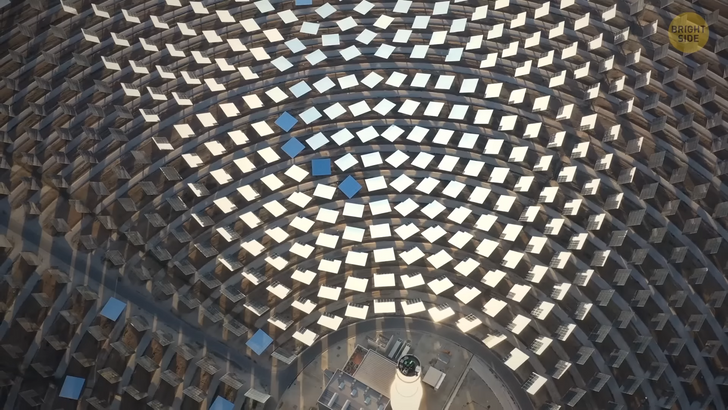
Of course, using solar energy isn’t a new thing. It’s an important resource for humankind right now as well. But it’s not the same level as having solar panels in space. It’s different because our atmosphere diffuses sunlight. In space, we will get this energy directly from the Sun. Nothing will interfere with the process. Microwaves can easily go through clouds in our atmosphere.
Also, sunlight in space is available at all times, so you can get energy not only during the day. Plus, the light is more intense up there than it is after it goes through all the layers of our atmosphere. Scientists from the UK are currently working on this project. But teams from all over the world want to develop and set up these space-based solar panels everywhere, so people across the globe can benefit from them.
They are working on this project in the US, too. Scientists have already tried out a new thing called a sandwich tile. They used it to transform solar energy into radio waves. Microwave beams do sound like something dangerous when you first think about it. But scientists have tested them and found out that they are efficient and also very safe for wildlife on our planet and us. They tested this principle on a small scale first.
They beamed microwaves from one point to another — and the distance between these points was 118 feet. A microwave beam is like Wi-Fi we have all over the planet. It’s not very intense — approximately a quarter of the intensity of the midday Sun. This idea is not new — scientists have been considering it for over 50 years. But it was too expensive and too complicated to implement because we didn’t have technologies good enough to do that.
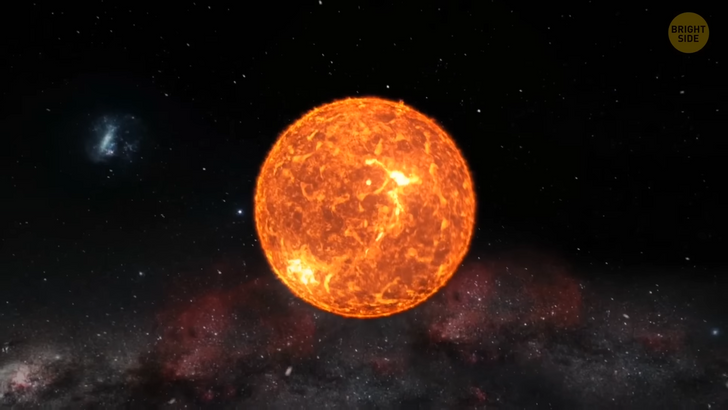
But now it seems possible. The study where they’ll test it will take 3 years, and the goal is to see if these large solar farms we want to build in space can really work. Another question is if we will be able to get them at a reasonable price too. The Sun is an awesome source of clean energy. And we might get even more energy than we can consume now or will consume in the future. To get solar energy from space, we need solar panels.
Inflatable mirrors or reflectors will collect sunlight and direct it onto those panels. Then they will beam solar energy onto Earth. If this works out, solar energy will top all the other sources of energy combined. So, why don’t we have solar panels in space already? It’s expensive, okay. But there’s also a high risk of space debris or radiation damaging these solar panels. Another risk is that we’re likely to lose too much energy while transporting it back to Earth.
So many new exciting space discoveries have been made over the past few years! For example, a super-Earth we discovered in 2017. It’s an exoplanet, which means it orbits a star that’s not in our Solar System. And a super-Earth is a term we use to describe a planet more massive than Earth but also lighter than ice giants, such as Uranus and Neptune.
A super-Earth can be made of rock, gas, or a mix of both. It can be up to 10 times Earth’s mass and twice its size. This cool super-Earth we found several years ago is 21 light-years away from us. It makes a full circle around its parent star (which is an M dwarf star) in just two weeks. So that’s how long a year lasts there. I don’t even want to think about how old I’d be there! Wouldn’t mind more presents, though...
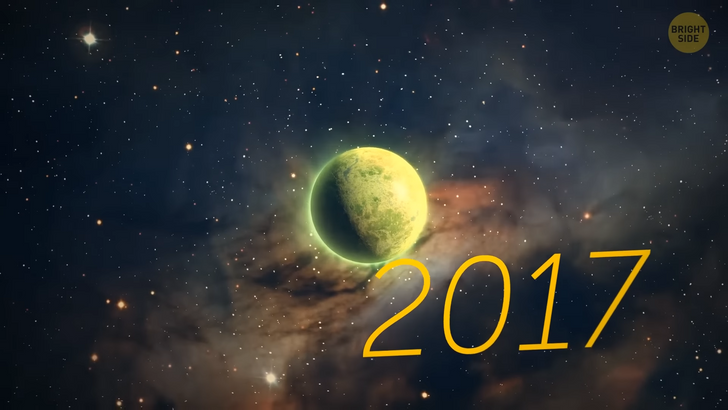
There are some planets out there that could harbor life, too. One of them, also discovered in 2017, could be the closest one to us where there’s a possibility of life. This year, scientists found another super-Earth. It’s 40 percent bigger than our home planet and closer to its star than we are. But its sun is over 6 times smaller than ours, and its temperature is twice as lower.
We don’t even have to travel far to find new things — there’s so much we don’t know about our own Solar System! We’ve discovered a new moon orbiting the biggest planet in our Solar System, Jupiter. Jupiter is gigantic, which means its gravity is very strong and attracts many space objects.
Take a look at our home planet. It has one moon. Mars has two. And there are at least 79 moons orbiting Jupiter! I mean, there are probably hundreds of moons we have yet to discover! The new one circles around Jupiter in the opposite direction of Jupiter’s rotation. And it’s positioned at an extreme tilt relative to Jupiter’s orbital plane.
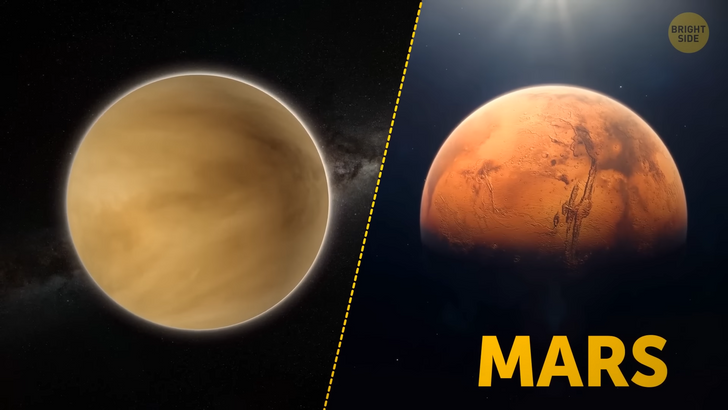
And we have some work to do in our neighborhood, too. NASA will go back to Venus by 2030. The last time scientists launched a mission there was in 1989. The reason why no one continued exploring Venus is probably that people are talking about going to Mars most of the time.
Researchers have discovered something called phosphine in Venus’ atmosphere. This element is special because, on Earth, only the activity of humans and microbes produces it. So, there could be some forms of life on Venus. There could have been a world with rivers and oceans on this planet a long time ago — before its surface became hot enough to literally melt lead.
You can’t talk about discovering new things in space and not mention at least one black hole. This newly found one, called “The Unicorn,” is only 1,500 light-years away from us — in the constellation Monoceros. That makes it the closest to Earth black hole that we know about. And scientists found it when they noticed the light of its companion star become brighter. They understood that something was tugging on that star — even though they couldn’t see the black hole directly.











